[Weekender] Cozy, affordable ‘imokase’ course menus trending in Seoul
Small eateries run by middle-aged ‘imo’ serving up cost-efficient home-cooked meals the latest trend in Seoul’s gastronomic scene
By Park Jun-heePublished : April 22, 2023 - 16:01

Located in the narrow alleyways of Seoul’s industrial district Euljiro -- dubbed “Hipjiro” for its renaissance as a hotspot for younger locals -- Joil Food is one of the city’s growing number of popular “imokase” joints.
Stemming from the Japanese term “omakase,” which translates into “leaving it up to you,” an imokase establishment is a small eatery where the chef, who locals call “imo,” serves an affordable meal for customers that varies by season.
Imo means "aunt" in Korean, but it’s a common term people use to address older female servers at small mom-and-pop places.
Formerly a supermarket, Joil Food is a small restaurant with less than five tables run by a woman in her 70s named Yoon So-rae.
Yoon’s menu depends largely on what she has on hand in the kitchen that day. The owner chef said she can serve gyeranmari (Korean egg roll), hamjeon (egg-battered cooked ham), jjajangmyeon (black bean sauce noodles), kkomak-muchim (seasoned cockles), and dakbokkeumtang (spicy braised chicken breast stew) -- all for 40,000 won. Her menu course usually ranges between 40,000 won and 60,000 won, she said.
While the food is far from fancy, Joil Food is a must-go spot in the city among the young generation. Among its customers are Daesung of K-pop boy band Big Bang and TV personality Cho Sae-ho. Through it all, Yoon says she’s dumbfounded at the popularity of her restaurant.
Yoon thinks the younger generation is turning to imokase, which she defines as simple meals, since anything retro has become trendy on social media. Many of her customers find her restaurant through Instagram, she said.
“Restaurants usually offer fancy dishes and have beautiful interior design, but I think my place can offer a glimpse of the past for the younger generation, who are my main customers,” Yoon told The Korea Herald.
Seoul has seen a rise of imokase, where middle-aged restaurant owners decide on and serve up home-cooked meals for customers, reminiscent of comfort food cooked by a grandmother growing up.
Most imokase customers are those in their 20s and 30s, as the food is affordable. Imokase joints also offer diners the unique experience of traveling back in time to the ’80s and ’90s with retro signs, wallpaper and kitchenware. Back then, small restaurants were more common than western-style franchised restaurants.
For Ju Young-eun, a 24-year-old student, these restaurants evoke nostalgia.
“It’s not the kind of food people who live alone can make (at home), and the food they offer reminds me of my mom and the food she prepared just for me,” Ju said.
Here’s a guide to other imokase restaurants trending in Seoul.
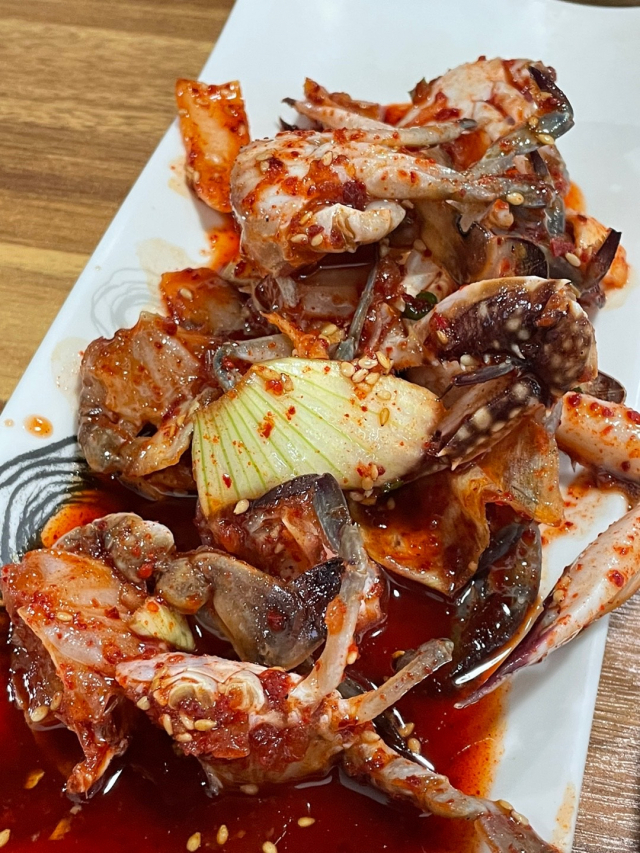
Tongyeong Dachi
Located in Nonhyeon-dong, Gangnam-gu, Seoul, Tongyeong Dachi offers a dining experience like no other where visitors are guided through a 20-dish course menu chosen by the owner for 33,000 won ($25).
In the first course, a Korean mussel stew known as honghap-tang, a Korean fried seaweed roll called gimmari, along with crispy fried shrimp, shellfish, boiled scallops and conch with chili sauce are served.
The menu continues with sannakji, a raw dish of a live octopus with seaweed and a traditional Korean vegetable and seafood pancake called buchujeon. Then there is a delicacy consisting of fresh raw fish sliced into thin pieces, mushrooms and abalone fried with butter, raw crab and grilled fish, along with chungmu gimbap (finger-sized rice rolls). In the end, a spicy fish stew awaits visitors.
At Tongyeong Dachi, visitors can be seated on the dot for a maximum of two hours.
It’s about a three-minute walk from Exit No. 8 of Hakdong Station on Seoul Subway Line 7. Tongyong Dachi is open every day from 12 p.m. to 11 p.m. except Sundays.
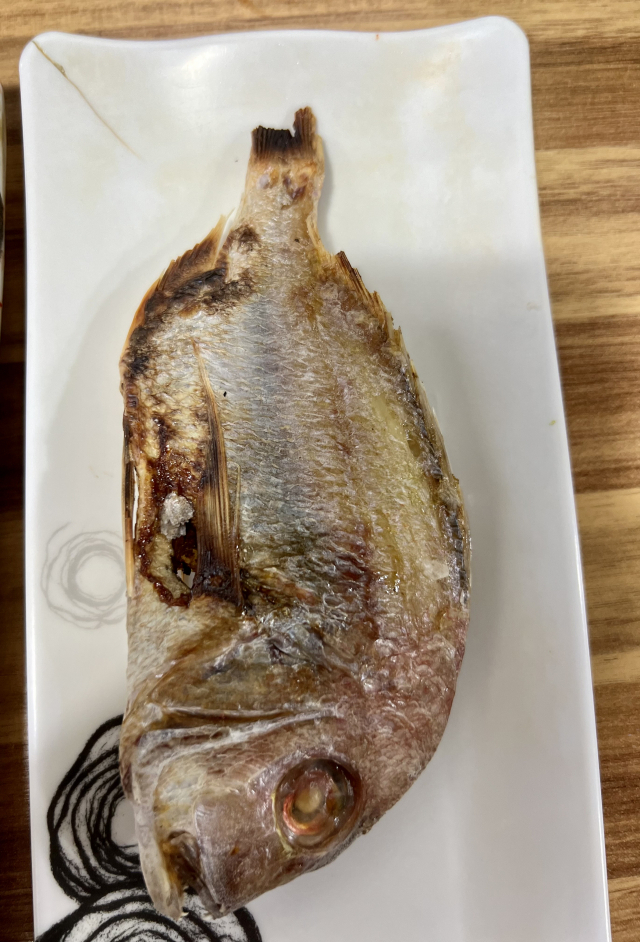
Sigoljip
Sigoljip, meaning country house in Korean, is the first thing that greets guests passing by the Ttukdo traditional market in Seoul’s Seongsu-dong.
The neighborhood is known as an Instagrammable spot for young people, and the restaurant is popular with them.
The six-table restaurant, run by a mother and a daughter, has no formal menu in place and serves traditional dishes based on which ingredients are in stock. At times, guests can request the type of menu they want. Most of their requests are accepted if they can be accommodated.
Sigoljip’s signature dishes are yukjeon, a pan-fried savory pancake made with thinly sliced beef in egg batter, dakbokkeumtang, a spicy braised chicken breast stew, and pork kimchi stew with spam and soft tofu.
Sigoljip is open every day from 11 a.m. to 9 p.m. except Sundays. A meal at Sigoljip typically costs around 20,000 won.
It’s a 10-minute walk from Exit No. 3 of Seongsu Station on Seoul Subway Line No. 2 and one of the first restaurants at the entrance of the traditional market. Sigoljip is open every day from 11 a.m. to 9 p.m. except Sundays.
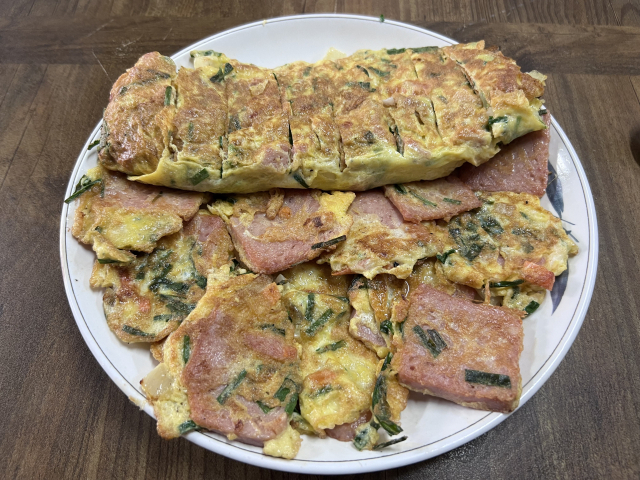
Araseo Juneun Restaurant
At the heart of Garosugil Street in Gangnam’s Sinsa-dong, filled with boutiques and lounges for fine dining, there’s Araseo Juneun Restaurant, which serves five to seven different dishes per customer depending on the ingredients on hand.
The restaurant renews its menu when seasonal ingredients are available, offering popular dishes for the season.
Young people in particular frequent this place to revel in well-crafted traditional dishes featuring various locally sourced ingredients brimming with natural flavors.
A single-course meal at Araseo Juneun Restaurant costs around 20,000 won, and a special course meal goes up to 30,000 won.
The restaurant is located five minutes from Exit No. 4 of Sinsa Station on Seoul Subway Line No. 3.
Araseo Juneun Restaurant is open every day from 6 p.m. to 10 p.m. except Sundays.
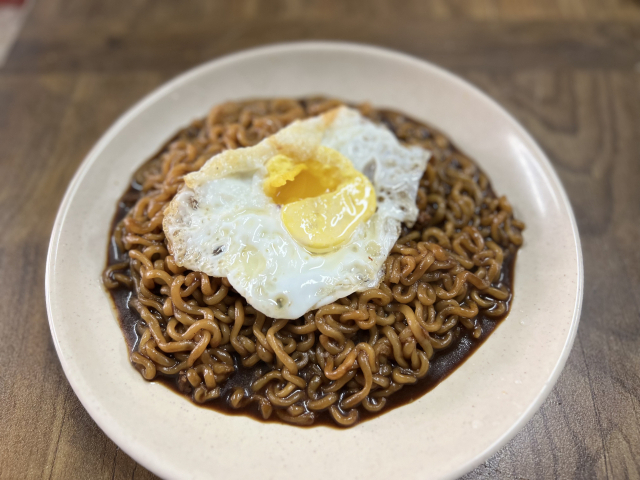
Rich Lunch
It’s no Michelin-starred meal, but as the name suggests, visitors indulge in a bounty of food that fill up their stomachs at Rich Lunch, located in Jongno-gu, central Seoul.
There, the restaurant owner serves dishes ranging from Korean-style curry rice, stir-fried marbled mungbean sprouts, kodarijjim (steamed half-dried pollack), simmered squid, grilled seafood, abalone, shrimp balls, steak, Korean ramen and egg rolls.
Surprisingly, guests can enjoy all of these dishes at 40,000 won.
Apart from the set, customers can also order individual dishes like sundaeguk, a blood sausage soup.
A single-course menu costs around 40,000 won at Rich Lunch.
The restaurant is located four minutes from Exit No. 5 of Jongno 3-ga Station on Seoul Subway Line Nos. 1, 3 and 5.
Dinner at Rich Lunch is available from around 5 p.m. until 10:30 p.m.
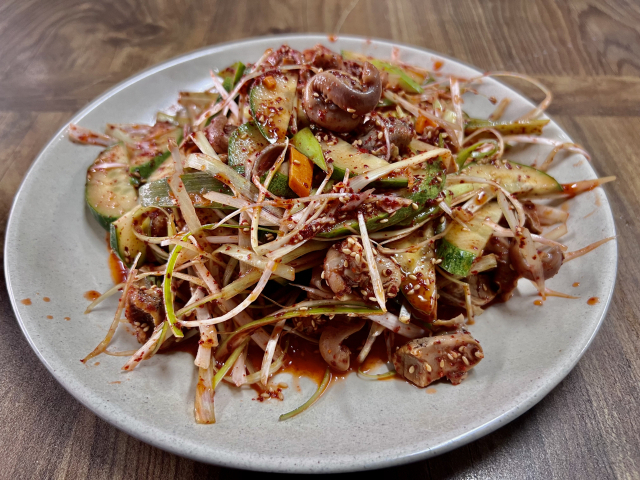
Nadeuri Food
While the building may seem old and rundown on first glance, once diners step into Nadeuri Food they’ll realize that they’ve found a hidden gem that serves high-quality, multi-course imokase.
Also located in the Euljiro area, Nadeuri Food offers dishes including seasoned cockles, roe deer butt mushrooms, gwamegi (dried saury with kimchi), gimbap, grilled butterfish and fresh fruit.
The restaurant’s set menu costs 50,000 won.
The restaurant is a four-minute walk from Exit No. 5 of Euljiro 4-ga Station on Seoul Subway Line Nos. 2 and 5.
Nadeuri Food is only open on weekdays from 7 p.m. to 10 p.m.








![[Graphic News] More Koreans say they plan long-distance trips this year](http://res.heraldm.com/phpwas/restmb_idxmake.php?idx=644&simg=/content/image/2024/04/17/20240417050828_0.gif&u=)
![[KH Explains] Hyundai's full hybrid edge to pay off amid slow transition to pure EVs](http://res.heraldm.com/phpwas/restmb_idxmake.php?idx=644&simg=/content/image/2024/04/18/20240418050645_0.jpg&u=20240419100350)






![[From the Scene] Monks, Buddhists hail return of remains of Buddhas](http://res.heraldm.com/phpwas/restmb_idxmake.php?idx=652&simg=/content/image/2024/04/19/20240419050617_0.jpg&u=20240419175937)

![[KH Explains] Hyundai's full hybrid edge to pay off amid slow transition to pure EVs](http://res.heraldm.com/phpwas/restmb_idxmake.php?idx=652&simg=/content/image/2024/04/18/20240418050645_0.jpg&u=20240419100350)

![[Today’s K-pop] Illit drops debut single remix](http://res.heraldm.com/phpwas/restmb_idxmake.php?idx=642&simg=/content/image/2024/04/19/20240419050612_0.jpg&u=)